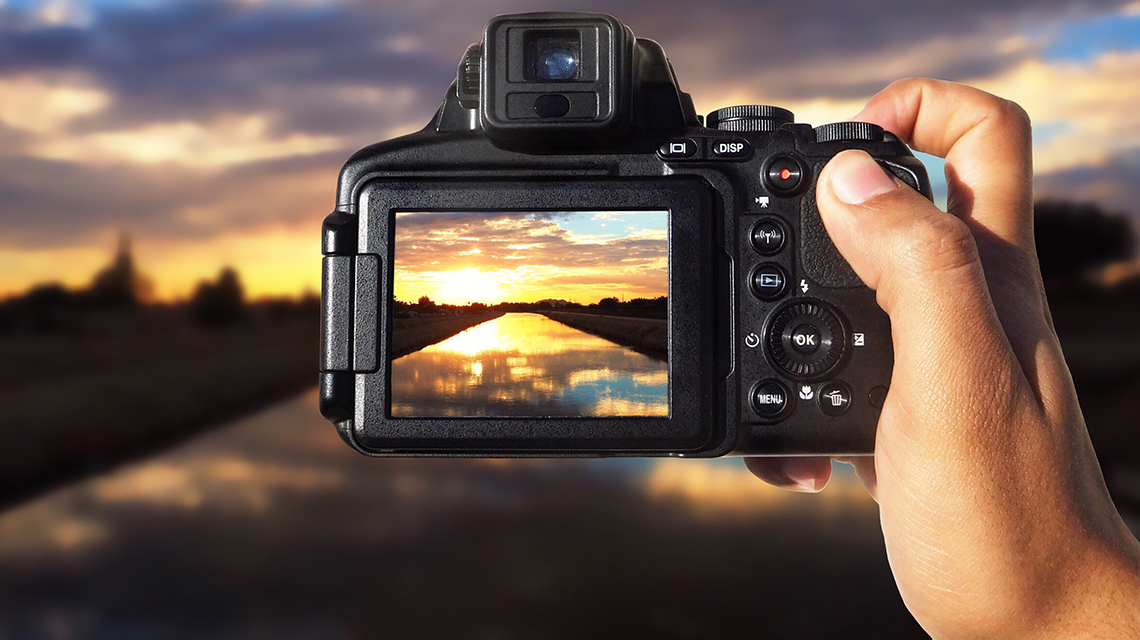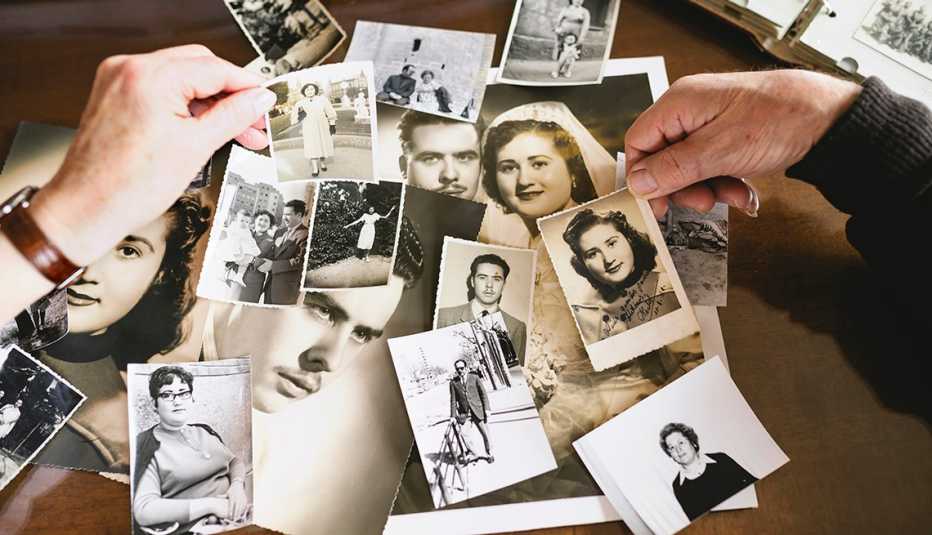Staying Fit
Digital cameras began outselling film cameras for the first time almost 20 years ago, ushering in a new era of quality, exciting features such as video recording and convenience.
You’re no longer restricted to 24 or 36 photos that you have to get processed to see. You save money and the environment by eliminating film, and you don’t need to invest in photo albums.


AARP Membership— $12 for your first year when you sign up for Automatic Renewal
Get instant access to members-only products and hundreds of discounts, a free second membership, and a subscription to AARP the Magazine.
Today another huge shift comes with smartphones, and stand-alone digital cameras often get tucked in the back of the drawer. Since smartphone photography and videography have advanced considerably, do we still need stand-alone cameras?
That depends on your comfort level, the kind of camera you’re considering and what you’re capturing.
How to decide what’s best for you
“For most people, the phone is going to be more than adequate, and I don’t think I’d need one if I wasn’t a professional photographer,” says Richard Bernabe, an internationally renowned travel photographer, widely published author and social media influencer with more than 1 million Twitter followers.
“After all, if your phone is simple to use, you’re more likely to use it and have more fun with it,” Bernabe says. But a caveat: “If photography is something you want to pick up as a hobby, though, then a camera and telephoto lens is the way to go, as [this] should produce better-looking photos.”
Bernabe recommends a big digital camera, the kind you strap around your neck that can be either mirrorless or with an internal mirror, rather than a small point-and-shoot model.
“Your phone is essentially a point-and-shoot camera,” he says. A mirrorless camera, also called a compact system camera, captures images without the need of a mirror inside the camera body. It uses an electronic viewfinder to display images on a small screen for the photographer.
A digital single lens reflex (DSLR) camera uses a system of mirrors to reflect images into your viewfinder like the professional cameras of 30 years ago.







































































